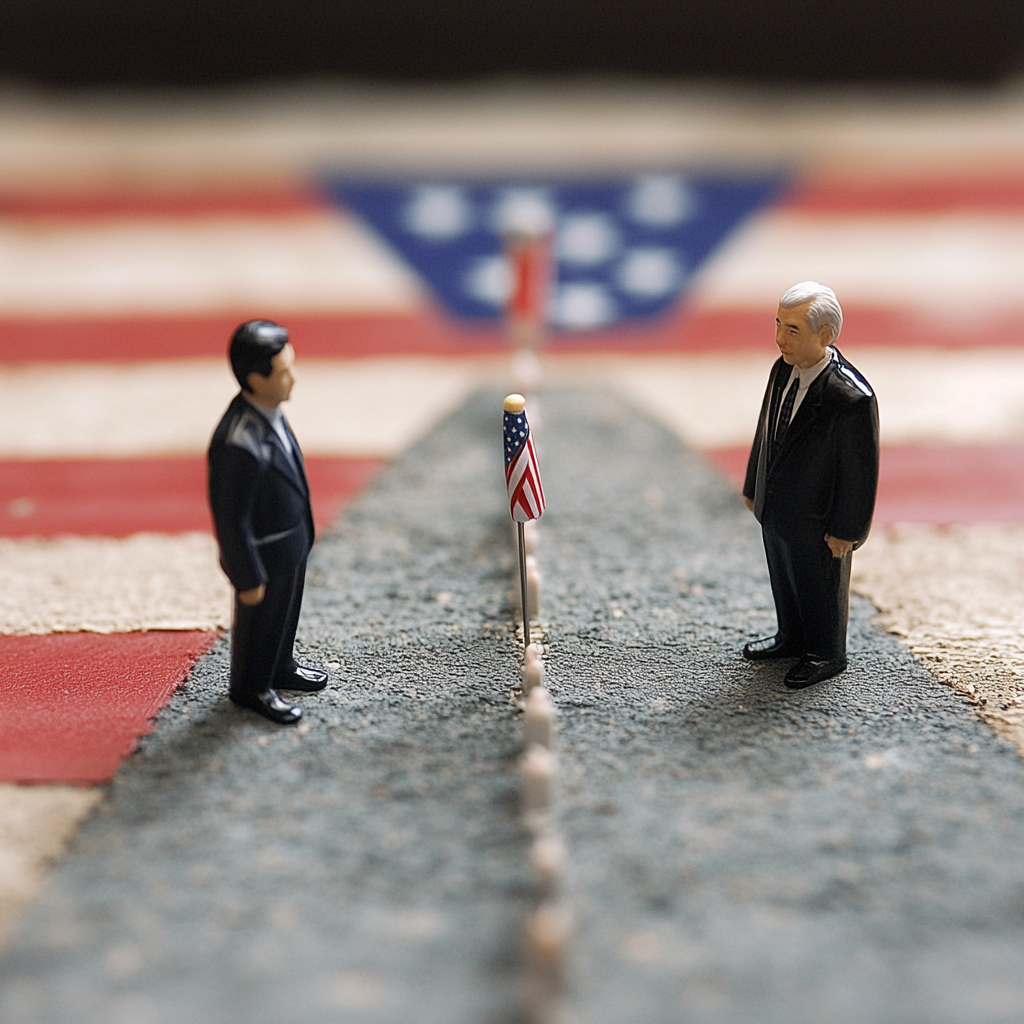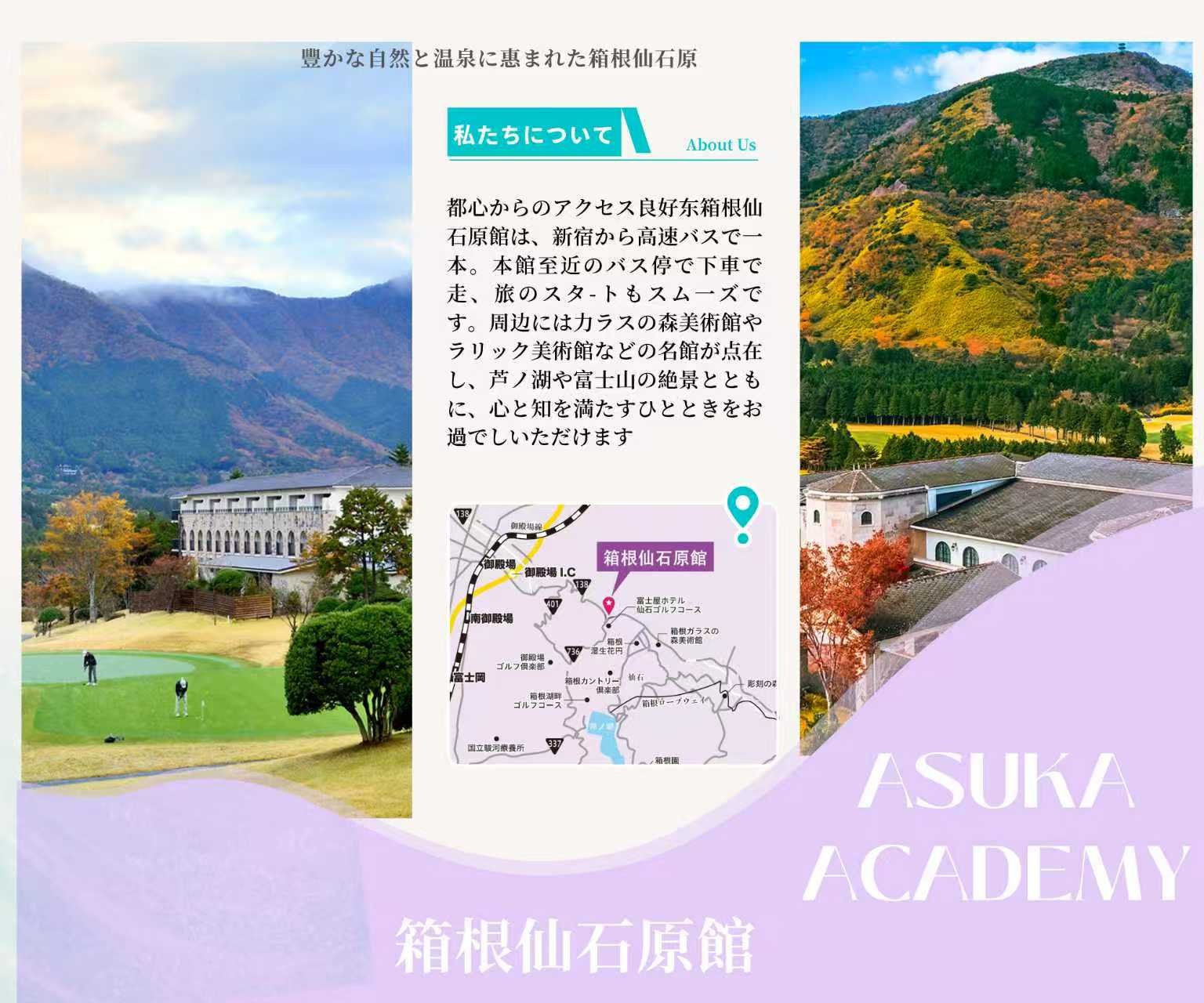From April 16 to 18, Japan’s Minister for Economic Revitalization, Ryo Akazawa, visited the United States to hold the first round of tariff negotiations, meeting with U.S. President Donald Trump, Treasury Secretary Besent, Commerce Secretary Lutnik, and Trade Representative Greer. Japan became one of the first countries to enter into tariff negotiations with the U.S. since the beginning of the trade war.

Although Japan did not obtain a “tariff exemption” from Trump, the two sides reached three largely symbolic agreements: to strive for a prompt deal through constructive consultations, to hold the next round of negotiations, and to continue working-level talks. Despite the lack of substantive results, both Japan and the U.S. expressed positive sentiments about the talks. Japanese Prime Minister Shigeru Ishiba expressed “gratitude” for Trump’s meeting with Akazawa, while Trump publicly praised the negotiations as a “major breakthrough” and called Japan a “top-priority negotiation partner.” Facing global isolation and mounting criticism, Trump was eager to showcase a cooperative model country.
However, Japan is clearly not the obedient “model student” Trump envisioned. While negotiating with the U.S., Japan has simultaneously continued to warm its ties with China, particularly in the economic and financial sectors. Notably, the China-Japan High-Level Economic Dialogue resumed in late March after a six-year hiatus, resulting in 20 agreements covering service trade, industry, automotive discussions, food safety, export controls, business environment, and intellectual property, laying the groundwork for further dialogue.
This pragmatic “resilient diplomacy” has manifested in Prime Minister Ishiba’s “three no’s” policy in the current tariff war: no retaliatory tariffs on U.S. goods, no significant concessions to the U.S., and no rush to reach an agreement. This high level of resilience contrasts sharply with China’s reciprocal countermeasures against the U.S.
China is Japan’s largest trading partner, second-largest export destination, and top source of imports; the U.S., meanwhile, is Japan’s largest export destination. In the midst of the U.S.-China confrontation, Japan plays a delicate role. As an export-driven economy, Japan must avoid antagonizing either side to maintain the resilience of its global supply and industrial chains. Geopolitically, Japan must sustain its security cooperation within the U.S.-Japan alliance while cautiously avoiding deterioration in Japan-China relations to maintain regional stability in East Asia.
The U.S.-Japan alliance remains a crucial security link. Trump has repeatedly demanded that Japan shoulder greater security costs, effectively using security as leverage in trade negotiations. Trump’s erratic tariff policies, especially his treatment of traditional allies such as Europe, Japan, and Canada, have raised domestic concerns in Japan about the reliability of the U.S. security umbrella. Natsuto Nishida, Secretary-General of the Komeito Party, has even proposed creating a permanent regional mechanism in Asia, similar to the OSCE, to improve mutual understanding and prevent misjudgments during times of tension. This would also help reduce Japan’s dependence on U.S. security protection—a key factor driving Japan to strengthen dialogue and cooperation with China.
Despite facing intense competition from the rise of Chinese domestic companies, Japanese multinationals have not slowed their investment in the Chinese market. Toyota, Honda, and Mazda continue to expand their electric vehicle production in China, while also enhancing cooperation with Chinese tech giants such as Huawei, Baidu, and Tencent. Some Japanese companies are relocating manufacturing bases from China to Southeast Asian countries like Vietnam and Thailand to avoid U.S. tariffs and export controls while maintaining access to the Chinese market—reducing dependency on either China or the U.S. At the same time, automakers like Toyota are planning to increase vehicle production in the U.S.
In the area of technological competition, Japan collaborates with the U.S. in fields such as semiconductors and 5G, while also depending on the Chinese market and supply chain. Japan broadly supports the U.S. policy of restricting Chinese technology access but maintains a dual strategy of limited cooperation and risk control with China. For instance, Japanese semiconductor equipment manufacturers must apply for licenses to export products incorporating U.S. technology to China due to U.S. “de minimis” and “foreign direct product” rules—seeking to avoid violating U.S. sanctions. Additionally, through trilateral cooperation with China and South Korea, Japan explores technology exchanges in fields like AI and renewable energy. On April 11, the China-Japan-South Korea Information and Communication Ministers’ Meeting was held for the first time in seven years, resulting in broad consensus on next-generation ICT and digital innovation applications.
Overall, faced with high U.S. tariffs, technological containment of China, and Chinese countermeasures, Japan strives to pursue cautious diplomatic and economic strategies to “bet on both sides” of the U.S.-China divide. On one hand, it deepens economic cooperation with the U.S., supports technological restrictions, and reinforces its security alliance; on the other hand, it invests in China, adjusts its supply chain, and engages in limited technological collaboration. By balancing its position between the two superpowers, Japan aims to retain strategic initiative and safeguard its economic interests and geopolitical influence. Of course, this balancing act is not without risk. Should U.S.-China tensions escalate further, Japan may be forced to make more definitive choices on both economic and security fronts.




